The Benefits of Energy Efficient Windows
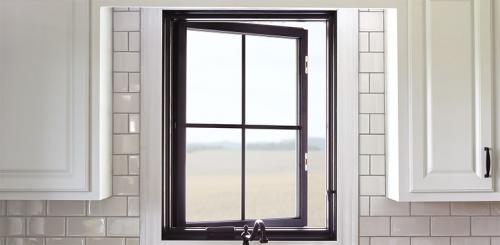
When it comes to saving money on energy bills, the most obvious advantage of installing energy-efficient windows is their ability to lower energy consumption. Energy-efficient windows are typically made from materials that have high levels of insulating properties. Because of this, they can keep a home comfortable year-round, preventing the need to use excessive heat or air conditioning. The decreased energy usage also means fewer emissions and less fuel use, which is better for the environment.
ENERGY STAR certified windows are highly efficient
When it comes to energy efficiency, ENERGY STAR certified windows offer high levels of performance. These windows bear a label from the National Fenestration Rating Council (NFRC). They have a solar heat gain coefficient (SHG) of 0.25 or less, a U-Factor of 0.40 or less, and a low E-value. In addition, ENERGY STAR certified windows are typically made in southern climate zones.
Buying energy-efficient windows is an excellent investment, especially if you're looking for a way to reduce your energy bills. Even double-pane windows can be quite inefficient. However, by upgrading to ENERGY STAR certified windows, you'll be able to save as much as $27 to $111 each year. With such high energy efficiency, the investment will pay for itself in a matter of years.
They insulate against the flow of heat, cold, and wind
Thermal resistance is a key factor in deciding the level of energy efficiency of a window. If the window does not insulate against the flow of heat, the temperature inside will remain too high, causing condensation. Thermally efficient windows reduce this problem by utilizing a spacer. A spacer separates multiple glass panes, preventing heat transfer along the perimeter. This spacer also flexes with expansion and contraction of the glass, ensuring a strong seal for the life of the window.
Typically, the frame of a window accounts for about 25% of the overall surface area. It should be made of a thermally inert material, such as wood or vinyl. Aluminum frames are typically not very energy-efficient. Window frames should also be tightly sealed, with top-grade hardware and weatherstripping around the sash opening. Weatherstripping is also important, and should be of high quality. Cheap materials do not work.
They can save money on energy bills
Installing energy-efficient windows in your home will help you lower your energy bill this winter and save money on your electric bill in the long run. You can also purchase ENERGY STAR certified products, which can reduce your energy bill by as much as 12%, depending on your climate. There are many benefits to installing these windows, from increased comfort to decreased carbon footprint. Read on to find out more about the benefits of energy efficient windows.
The U.S. Department of Energy recommends installing window insulation. Luckily, you can easily install this product yourself by covering your windows with plastic film. Other inexpensive ways to insulate windows include sealing up cracks and gaps around doors and heating ducts. Also, consumers should make sure their attic is well-insulated, and they should install storm windows in order to reduce drafts. However, if you are looking to save money on your energy bill, you need to know how much these windows will cost.
They come in different types
There are many types of energy efficient windows on the market. While wood and metal window frames have their advantages, these materials are not very energy efficient, and they need regular maintenance for both appearance and energy efficiency. On the other hand, vinyl windows offer several advantages. They require less maintenance and don't need to be painted, and they are moisture-resistant. Many of these windows have hollow cavities, making them thermally superior to standard wood or vinyl frames.
Different windows have different ratings and standards. Look for the NFRC or AAMA label, solar heat gain, and R Factor. The materials in these windows will also make a difference. Multi-layer constructions feature multiple layers of glass sandwiched together with spacers. This design creates air pockets between the layers of glass to prevent air from entering and escaping the home. Some types of energy efficient windows contain different gases in order to improve their efficiency.
They can be installed with different materials
When looking to install windows, make sure they are made with the best material possible. Low-emissivity glass, or Low-E glass, can block up to 90% of the sun's heat and keep it inside when it's cold outside. You can also look for different glazing materials, such as reflective coatings, which are effective at blocking heat transfer. No matter what type you choose, energy efficient windows will save you money on heating and cooling costs.
Energy efficient windows will have different U-factors than standard windows, which are measures of heat transfer. Low-U-factors mean better insulation and lower airflow resistance. Higher U-factors mean lower air leakage, which can result in a cooler interior surface. You can find out the U-factor of the windows you are interested in by reading the product literature. You can also check the NFRC directory to see what windows have earned the coveted label of being energy-efficient.


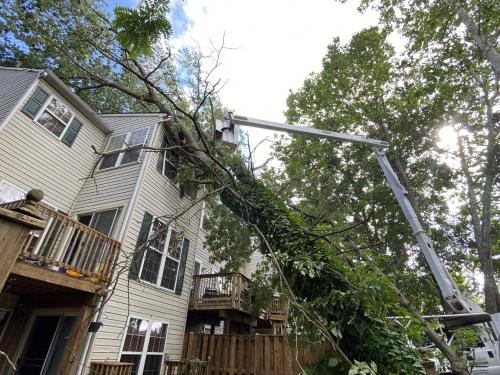
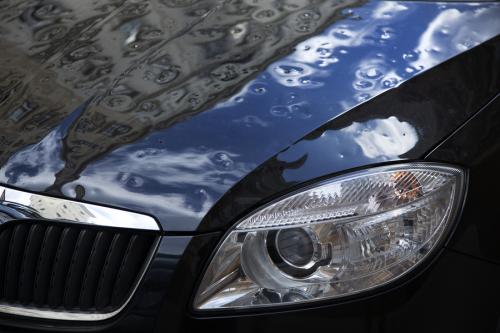
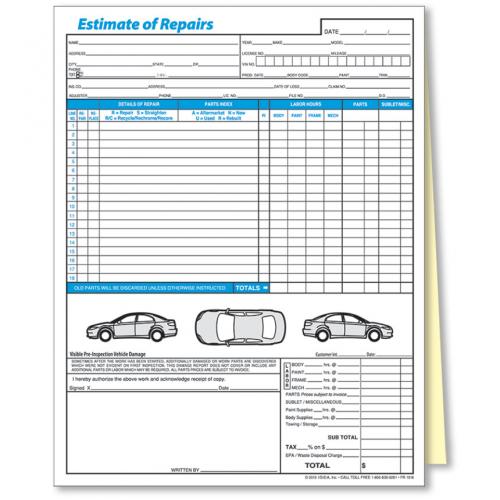

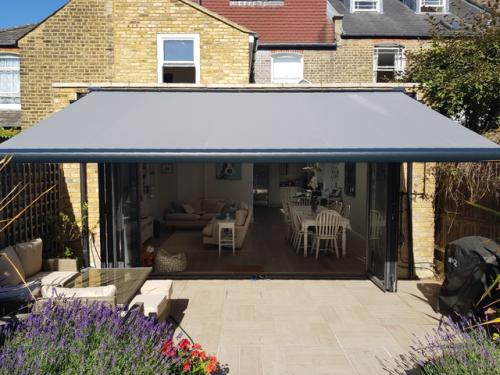


Comments